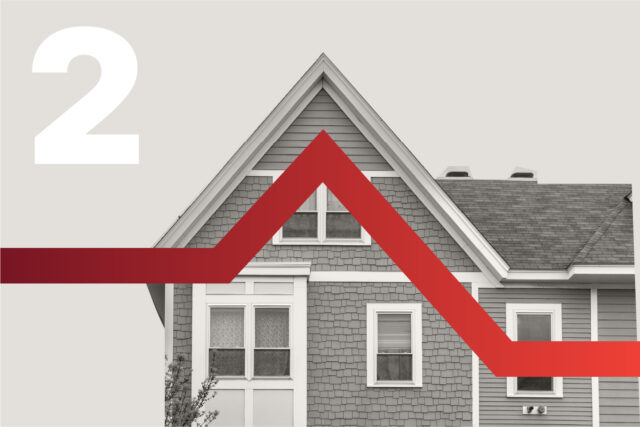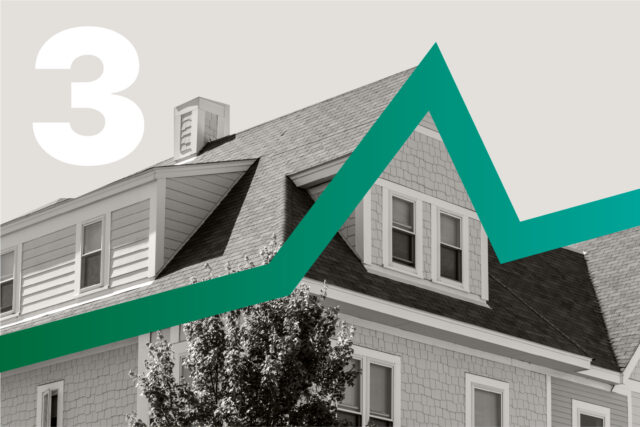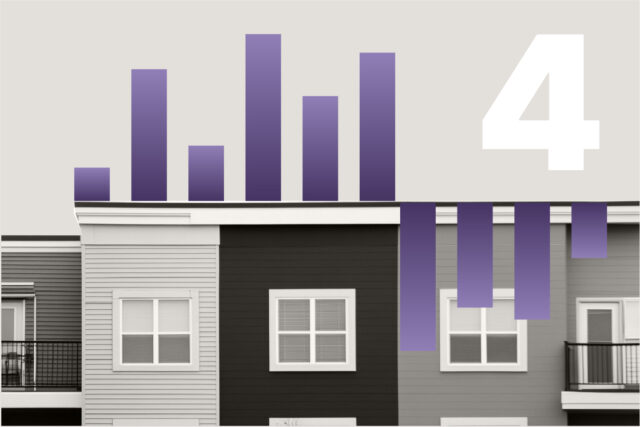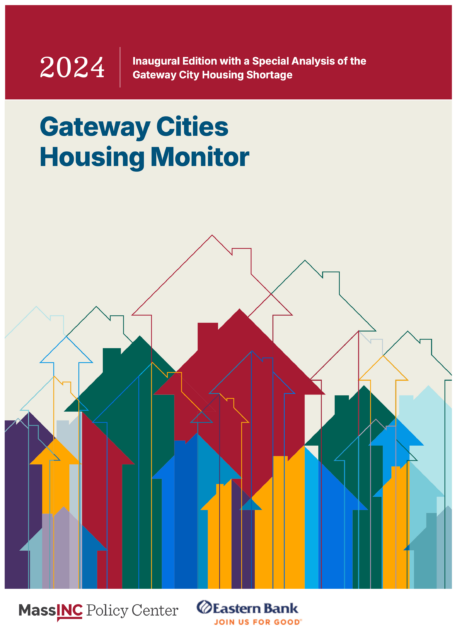To bring housing costs under control, Gateway Cities can’t just build a little more—they need to build fast enough and at a large enough scale to get ahead of both today’s pent-up demand and tomorrow’s growth. The inaugural Gateway Cities Housing Monitor estimated that this means roughly doubling the pace of new housing production between 2022 and 2032 compared to the previous decade. This year’s Housing Monitor shows that while production surged in 2023 and 2024, it may not be enough to meet demand if population growth continues near its historic rate. The Special Analysis section also shows why it’s important to make sure for-sale units are a reasonable share of that production, particularly in Gateway Cities low homeownership rates.
The Gateway Cities Housing Monitor is the MassINC Policy Center’s annual examination of housing trends across Massachusetts’ 26 Gateway Cities. Now in its second year, the Monitor builds on the 2024 inaugural edition with refined methods, expanded indicators, and a new digital format. Each of the five core sections appears as its own webpage with interactive charts, while a special analysis of the supply of homeownership opportunities is available both as a standalone feature and as part of the downloadable Executive Summary PDF. A link to the 2024 edition allows readers to trace how the Monitor—and Gateway City housing conditions—have evolved over time.

Elise Rapoza
Senior Research Associate, MassINC Policy Center

Ben Forman
Director, MassINC Policy Center

Abigail Wilkes
Policy Intern, MassINC Policy Center
2025 Gateway Cities Housing Monitor Chapters
Chapter 1: Housing Production and Supply
September 17, 2025
Chapter 2: Housing Affordability
September 24, 2025
Chapter 3: Conditions for Growth
October 1, 2025
Chapter 4: Neighborhood Revitalization
October 15, 2025
Chapter 5: Equitable Development
October 15, 2025
Special Analysis: Homeownership
October 28, 2025
By the Numbers: Homeownership
95
the number of homeownership deserts in Massachusetts
16x
the increased odds in homeownership deserts of living in a neighborhood with highly concentrated poverty
10,000
the number of new for-sale units needed to eliminate homeownership deserts
Massachusetts has 95 homeownership deserts—neighborhoods where fewer than one in five homes are owner-occupied. These areas are not only concentrated in Gateway Cities but also deeply connected to economic inequality: residents living in these neighborhoods are 16 times more likely to experience highly concentrated poverty than those elsewhere. Eliminating these deserts will require roughly 10,000 new for-sale units statewide, a challenge that underscores the urgent need to rebalance housing investments and create stronger pathways to ownership and wealth building in communities that need it most.
This map highlights Massachusetts’ Gateway Cities and their surrounding suburbs — the focus of the Housing Monitor series. These mid-sized cities are key to understanding the state’s housing trends, from production and affordability to revitalization and equitable growth.
About the Gateway Cities Housing Monitor
The Gateway Cities Housing Monitor provides the data needed to make effective housing
policy decisions. It tracks housing market conditions in the 26 Gateway Cities and their suburbs by asking and answering five critical questions on an annual basis:
- To what extent is Gateway City housing supply
keeping pace with demand? - How affordable is housing for Gateway City
residents? - How do the economics of housing production
vary across Gateway Cities? - Are Gateway City neighborhoods revitalizing?
- Is neighborhood revitalization occurring in an
equitable manner?
Each year, the Housing Monitor also includes a special analysis section with an in-depth look at a topic of interest.
2024 Gateway Cities Housing Monitor
November 14, 2024







